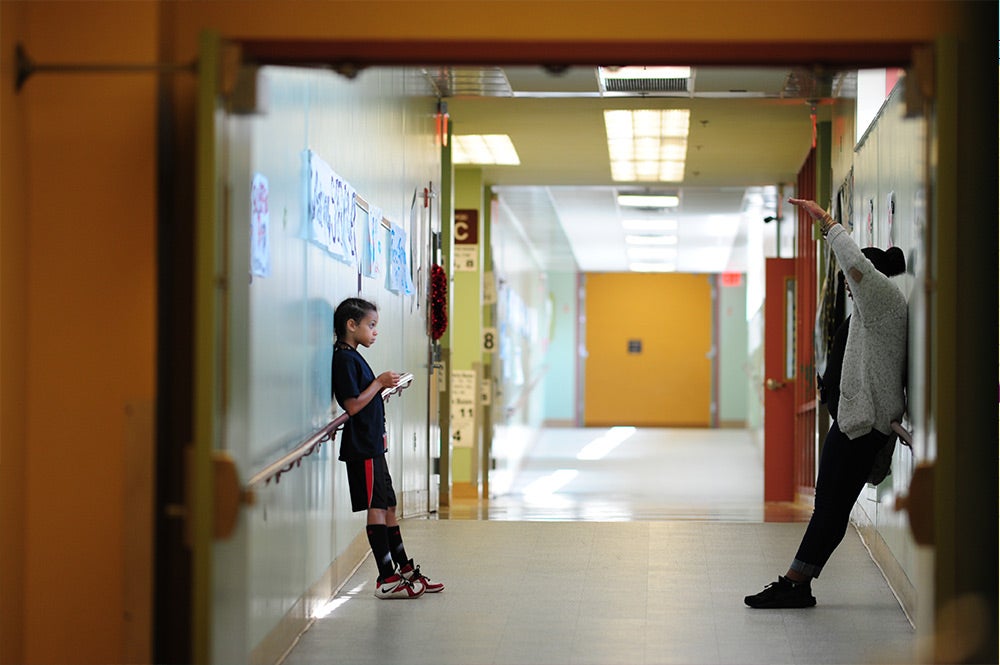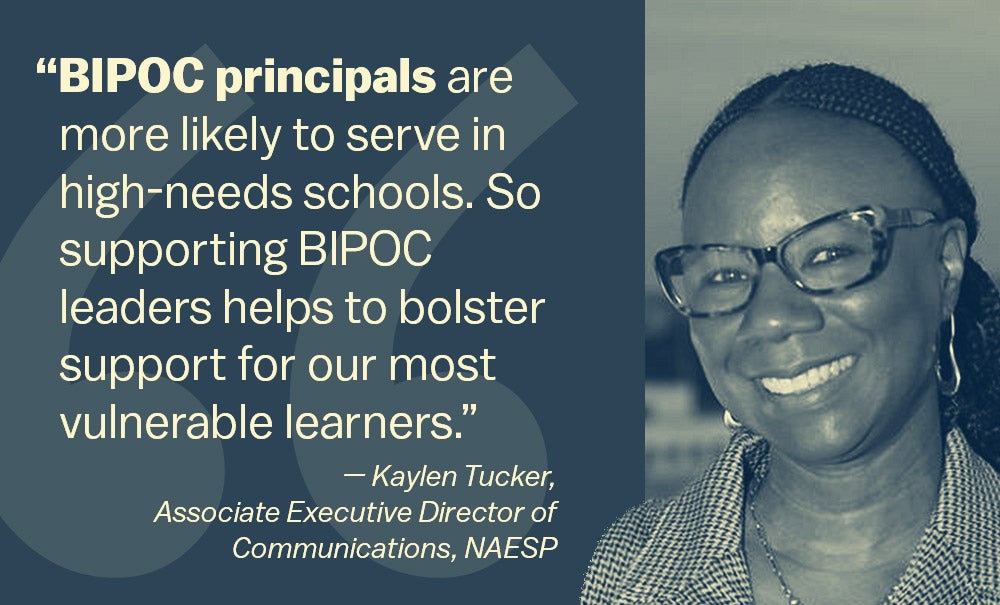The top concerns of elementary and middle school principals have shifted dramatically in the past 10 years, according to a new survey, with nearly three quarters of those polled saying they are worried about an increase in the number of students with emotional problems. The top issues that survey respondents noted in 2008—student assessment, instructional practices and providing a continuum of services to students at risk—didn’t rank among their top concerns in the new study by the National Association of Elementary School Principals.
The association has surveyed pre-K-8 school principals every 10 years since 1928. The study gauges the characteristics, concerns and conditions of elementary and middle school principals, and it tracks how these change over time. The 2018 survey, which was not nationally representative, received responses from almost 900 elementary and middle school principals.
This year’s survey marked the first time that students’ mental and emotional issues topped principals’ concerns. Those surveyed selected an “increase in the number of students with emotional problems” (74 percent), “student mental health issues” (66 percent) and “students not performing to their level of potential” (62 percent) as issues of “extreme or high” concern in their schools.
“While these findings are significant because they quantify the concerns of principals nationwide, they are somewhat foreseeable given the uptick in predictors like an increase in poverty and a need for mental health supports,” said Earl Franks, the association’s executive director.
42% of the survey respondents reported a large increase in involvement with “student mental health issues” and 38% reported a moderate increase.
When asked what concerned them about their students, principals cited poverty, behavior management, lack of effective adult supervision at home, safety and security, bullying over social media, homelessness and absenteeism, among other issues.
Addressing the socioemotional needs of students ranked as one of the top five matters the principals reported spending time on. Asked about areas in which their level of involvement has changed in recent years, 42 percent of the survey respondents reported a large increase in involvement with “student mental health issues” and 38 percent reported a moderate increase. “Student socioemotional well-being” ranked fourth on the list of matters with which the principals said they are increasingly involved.
Franks described principals’ roles as supporting teachers’ efforts in the classroom, cultivating leadership and “shaping a vision” for school cultures that make student well-being, including social and emotional health, a priority.
“Addressing the social and emotional needs of students isn’t necessarily a new responsibility for principals,” Franks explained, but the increasing interest in incorporating social and emotional learning (SEL) in schools “has provided a language and a construct to help principals think about how they can marshal and leverage resources and support for teachers and students.”
To do this, principals need more support in the form of training and guidance, Franks said. Franks suggested that their professional development needs to shift to address the growing need for social and emotional learning. “This type of learning should not feel like an add-on,” he said.
Wallace recognizes the importance of SEL and has invested in research that provides credible and useful knowledge on the topic. This includes an edition of the journal The Future of Children on SEL and Navigating SEL from the Inside Out: Looking Inside & Across 33 Leading SEL Programs: A Practical Resource for Schools and OST Providers.




